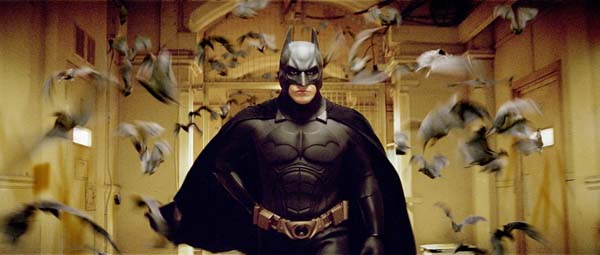Imagine that one day, you wake up, but then no matter how hard you try, you cannot move a single part of your body. Trying to roll out of bed, lifting your arm, or even moving your fingers is impossible. You think it is merely sleep paralysis, but you soon realise that it is not as simple as that, or even a dream. No voice escapes your throat.
The only thing you can do is blink and roll your eyes around.
Welcome to the world of Locked-in Syndrome (LIS), a neurological condition where your brain has no connection to all the muscles in your body. The actual symptoms list is: quadriplegia, paralysis of most facial muscles, inability to speak, with complete preservation of cognitive function (sometimes sensation too). In simpler terms, a LIS patient’s mind is essentially trapped inside an unmoving body, with only the senses and eyes to interact with the real world.
It is caused by damage to a part of the brainstem known as the pons, which not only carries motor nerve fibres to the spinal cord (where it then carries on to supply the muscles of the body), but is also the origin of some cranial nerves. This explains the symptoms of paralysis, even the face (e.g. damage to the facial nerve, or CN VII). More specifically, the damage only affects the pons and not the brain itself, meaning that cognition (thinking), intelligence, memory and sensation (if the fibres are spared in the brainstem) are completely functional.
This can be caused by trauma, stroke, drugs, degenerative neuropathies, or anything that can selectively damage the pons.
Due to the nature of the disease, there are no treatment or cures for LIS. Prognosis is very poor and most patients are not expected to regain motor control. This can be very distressing news to LIS patients, as it essentially means that they will be trapped in a motionless, voiceless body for the rest of their natural lives, which could feel like eternity. Although over 90% of the patients die within 4 months, some continue to survive for much longer periods. To improve their quality of life, methods have been developed to allow the patients to communicate, such as Morse code (by blinking eyes) or alphabet boards. Technology is allowing even better options such as eye-tracking and brain-computer interfaces, where a machine tries to interpret a pattern in brain activity, trying to relate a certain action to a pattern. This may allow simple communication such as yes/no answers.
Because of the almost complete paralysis, even professional neurologists often miss this condition, diagnosing the patient as being in a vegetative state.
What would it be like to be trapped in your own body – or “living corpse” as described by Alexandre Dumas in The Count of Monte Cristo – and not be able to tell others that you were still in there?












